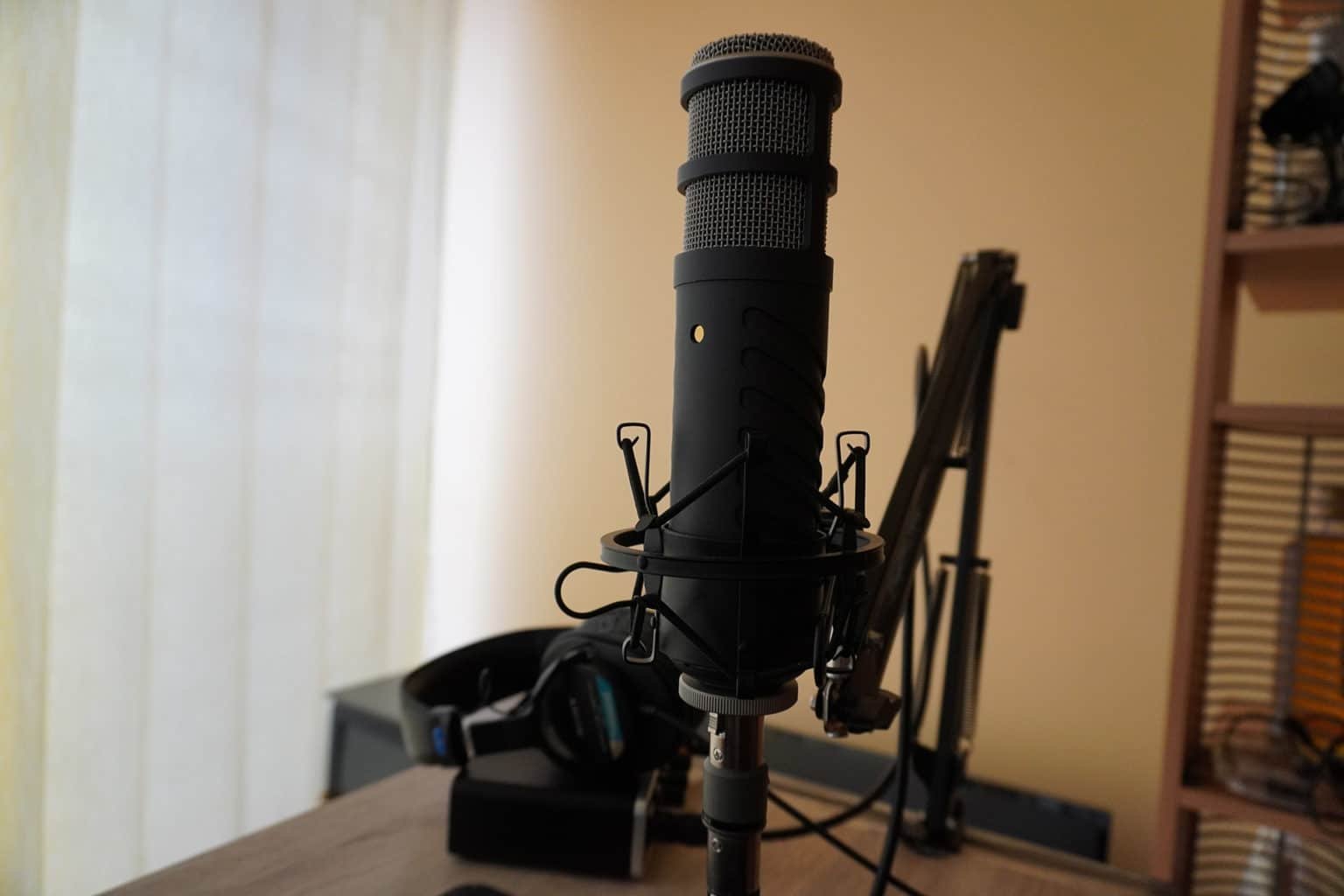
- #RODE FUZZMEASURE REVIEW HOW TO#
- #RODE FUZZMEASURE REVIEW SERIAL#
- #RODE FUZZMEASURE REVIEW PRO#
- #RODE FUZZMEASURE REVIEW MAC#
They deliver a touch of extra boom to mixes while the rolled-off treble mellows vocals and lead instruments. Building a 2way crossover and Stereo 3/4 way Crossover describe the basics of setting up a loudspeaker with an active crossover.With the audio cable connected to the left ear cup and the port cover in place on the right ear cup, the RØDE NTH-100 have an overall warm, round sound profile.Loudspeaker measurement with UMIK-1 and REW explains the principles of loudspeaker measurement (but you would use FuzzMeasure instead of Room EQ Wizard.).The following app notes contain information that you may find helpful in your journey: Now that you have the ability to run acoustic measurements with FuzzMeasure Pro, you can proceed to optimize and equalize your system. And to share your graphs online, right-click on any graph and select Export Image File. When you are ready, you can save your measurement as a single project file which you can re-open again later.įuzzMeasure provides a lot of analysis tools, accessible from the menus. You can now run as many more measurements as you like! If the environment is noisy, set the "Synchronous averages" to a number greater than one in order to average the signal from several sweeps and improve signal to noise ratio. Turn up the system volume until the sweep is loud enough to halt a conversation, but not so loud as to be uncomfortable or to sound distorted. You should hear a faint sweep from low to high frequencies through the selected speaker. Position the UMIK-1 where you want to take the measurement, and point it towards the speaker being measured.Ĭlick on the + button to view the Measure screen:Īs long as you have turned the volume down, you can click on the Measure button (the red one with the triangle). Note that both input and output operate at the same sample rate, so the output device must be able to operate at 48 khz (almost every device will).īefore proceeding, turn down the volume on your preamp or A/V receiver to a fairly low level. Under Record Channels, drop down the selector for channel 1 and select "miniDSP UMIK-1.".If you have selected a stereo output device, select channel 1 for left and channel 2 for right. In this example, it is set for HDMI channel 3. Under Playback Channels, select the output channel that you want to send the measurement signal on.The sample rate will automatically change to UMIK-1 sample rate of 48000 (48 kHz) if it was not already.

#RODE FUZZMEASURE REVIEW PRO#
SPL calibration from the UMIK-1 calibration file is expected in a future revision of FuzzMeasure Pro 4. Acoustic measurements will be correct but the absolute SPL readings in FuzzMeasure's Sound Pressure Level frequency response display will not be correct. Note: In its initial release, FuzzMeasure Pro 4 doesn't support absolute SPL calibration based on the sensitivity figure in the UMIK-1 calibration file. Click on "+ Add Calibration Record" at the bottom left and select "Import UMIK-1 calibration.".įuzzMeasure Pro will fetch your UMIK-1 calibration file and display it: From the Window menu, select Microphone Calibration. Now load the calibration file for your UMIK-1. The toolbar across the top has several handy buttons that we will use below: For acoustic measurement, "Classic" works well, although you can change or customize this later.

You will given a choice of several templates to choose from, which display different combinations of measurement graphs. This photograph shows the UMIK-1 connected to a MacBook Pro and a Mini DisplayPort to HDMI adapter cable for audio output:
#RODE FUZZMEASURE REVIEW MAC#
You will also need to connect your Mac to generate audio output through your system. Connect the UMIK-1 to your Mac using the supplied USB cable. Mount the UMIK-1 into the small stand supplied with it, or if you like, you can use any other microphone stand.

For Version 3 of FuzzMeasure Pro, please see this app note. Note: This app note describes the use of Version 4 of FuzzMeasure Pro, which requires Yosemite (OSX 10.10) or later.
#RODE FUZZMEASURE REVIEW HOW TO#
In this app note we will show you how to get started with the UMIK-1 and FuzzMeasure Pro.
#RODE FUZZMEASURE REVIEW SERIAL#
FuzzMeasure Pro automatically downloads the calibration file for your UMIK-1 based on its serial number. FuzzMeasure Pro (V4) is an easy-to-use acoustic measurement program for Apple Mac computers.


 0 kommentar(er)
0 kommentar(er)
